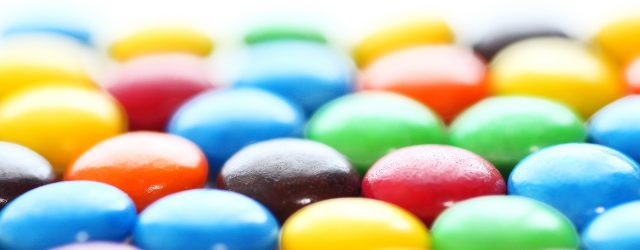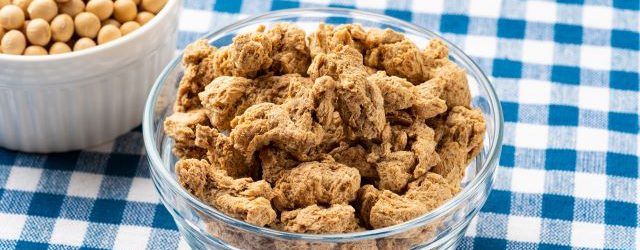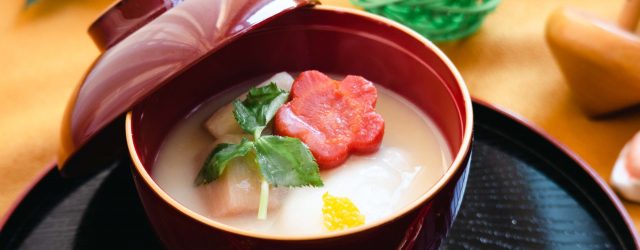
On October 1, 2025, the Consumer Affairs Agency (CAA) announced a partial amendment to the Food Labelling Standards and related regulations.
Among the claims that were previously prohibited from emphasizing ingredients other than functional ingredients, certain wordings indicating the absence or non-addition of specific ingredients (e.g. “no XX added”, “does not contain XX”) will be now permitted on the packaging of foods with functional claims (FFC), in the same way as for general foods.
Points of the amendments to Articles 9 and 23 (Excerpt from the Old and New Comparison Table of the Food Labelling Standards (Japanese)) regarding prohibited labelling.
| Before Amendment | Wording for claims on ingredients other than the functional ingredients notified to the Commissioner of the CAA (including nutrients listed in Column 1 of Appended Table 9), except for claims relating to nutrient supplementation or claims on the appropriate intake of nutrients/calories |
|---|---|
| After Amendment | Wording for claims on the presence of ingredients other than the functional ingredients notified to the Commissioner of the CAA (excluding nutrients listed in Column 1 of Appended table 9) |
In other words and as a result of the amendment, labelling such as “No sugar used”, “No salt added”, “Low in carbohydrate”, and “Caffeine-free” are now considered permissible. (See Regarding wordings for claims on ingredients in FFC (CAA) (Japanese))
The Food Labelling Standards Q&A has also been amended, with a new item (Processing–277–2) added to provide examples of wordings for claims on the presence of ingredients that remain prohibited under the labelling regulations. (Excerpt from the Q&A the Old and New Comparison Table (Japanese))
1.Regarding FFC, claims on the presence of ingredients are prohibited when referring to any ingredients other than the functional ingredients notified to the CAA and the nutrients listed in Column 1 of Appended Table 9 of the Food Labelling Standards.
2. Examples of the ingredients subject to the prohibition mentioned in 1 above include the following:
- Labelling indicating the presence or the fortification of such ingredients
- Indications listing the name of an ingredient together with its content amount in locations other than those adjacent to the nutrition facts panel specified in Form 2 or Form 3 (of the Food Labelling Standards) (e.g. below the frame of the nutrition facts panel)
3. Labelling indicating that a product does not contain or use certain ingredients, or that the amount of an ingredient has been reduced, is not considered “wording for claims on the presence of ingredients”.
Insight
The nutrients listed in Column 1 of Appended Table 9 include proteins, dietary fiber, vitamins, and minerals.
Examples of labelling that continue to be prohibited are expressions such as “Rich in GABA” and “Fortified with indigestible dextrin”.
For vitamins, minerals, claims on their presence remain permitted as before.
However, attention should be paid to the fact that the prohibitions on labelling in the Guidelines for the Notification of FFC have been amended. (See this below excerpt from the Guidelines the Old and New Comparison Table (Japanese))
(c) For nutrients listed in Appended Table 9 of the Food Labelling Standards that may pose a risk of adverse health effects if consumed in excess, it is not advisable for processed foods to claim the name and content amount of such nutrients on the principal display panel or other prominent areas (excluding the lower area outside the frame of the Form 3 of the Food Labelling Standards).
Since FFC are expected to be consumed repeatedly and regularly over time, the content levels of their ingredients must be set based on reasonable grounds. This is necessary to ensure that continuous intake does not exceed the Tolerable Upper Intake Level established in the Dietary Reference Intakes for Japanese.
The Food Labelling Standards were also amended in March, making this the second amendment this year. Note: For our readers at ease with Japanese (or using auto-translate function) it might be helpful to refer to Overview of Past Amendments to the Food Labelling Standards (Japanese) for checking the amendment history and Past Amendments to the Food Labelling Standards (Japanese) for details.
Share/Like/Follow:
Newsletter Signup
We issue monthly e-newsletters, which provide you with the latest updates on food labeling/regulations in Japan.
If you want to make sure to not miss any issue, please click below.
Related Service
Research Services on Ingredients & Food Labeling -For the Japanese Market-
We verify the conformity of ingredients and additives with the standards for use in Japan based on specifications such as formulation lists. We also verify the conformity of the proposed labeling of ingredient names, nutrients, etc. with the labeling standards based on specifications such as formulation lists.

Label bank Co., Ltd. CEO (Founder)
Born in Japan. Working on solving various issues related to food labeling operations. Also regularly gives lectures for various organizations in Japan.
Co-author of ‘Latest edition: Guide book Food Labeling Law and related business practical points – from scratch (Japanese version only)’ (DAI-ICHI HOKI CO., LTD/2019).










